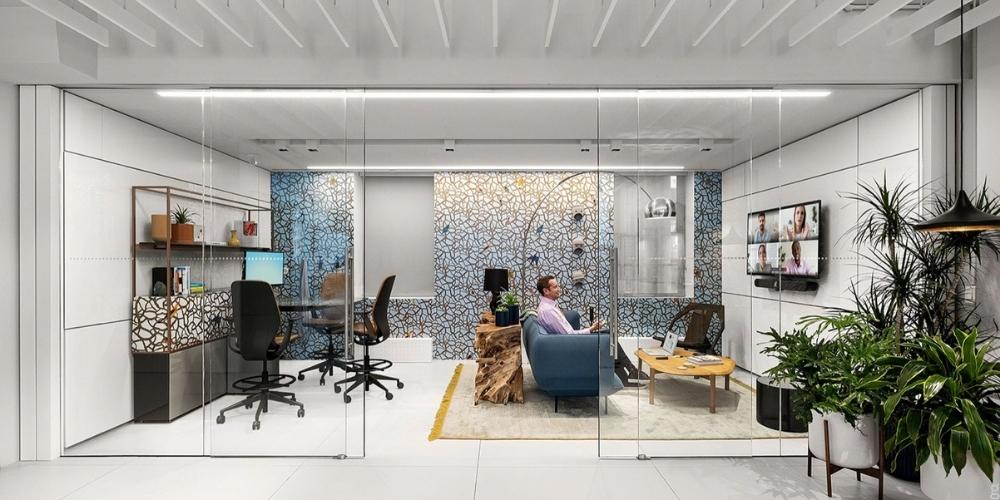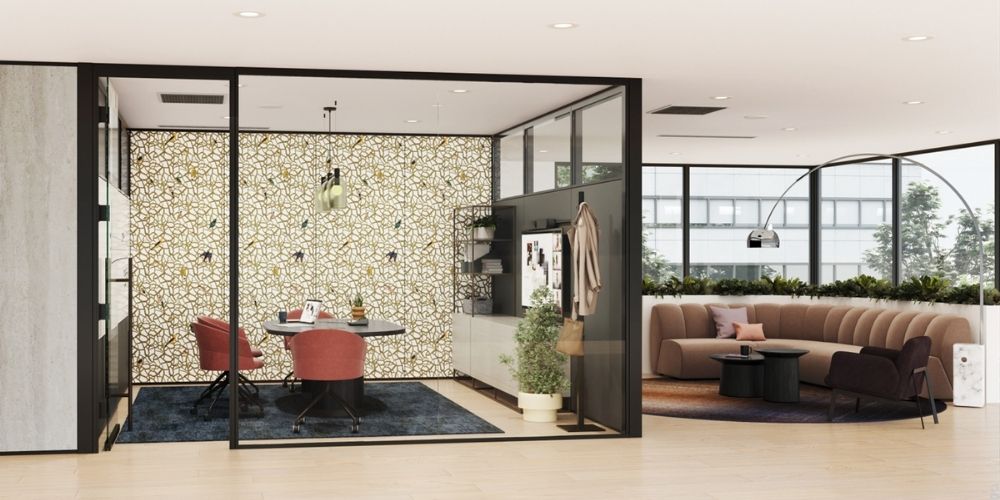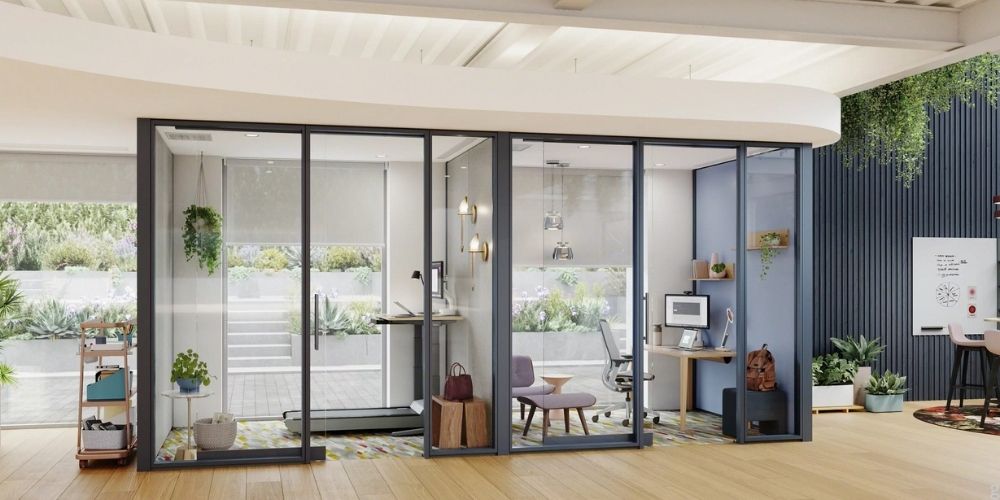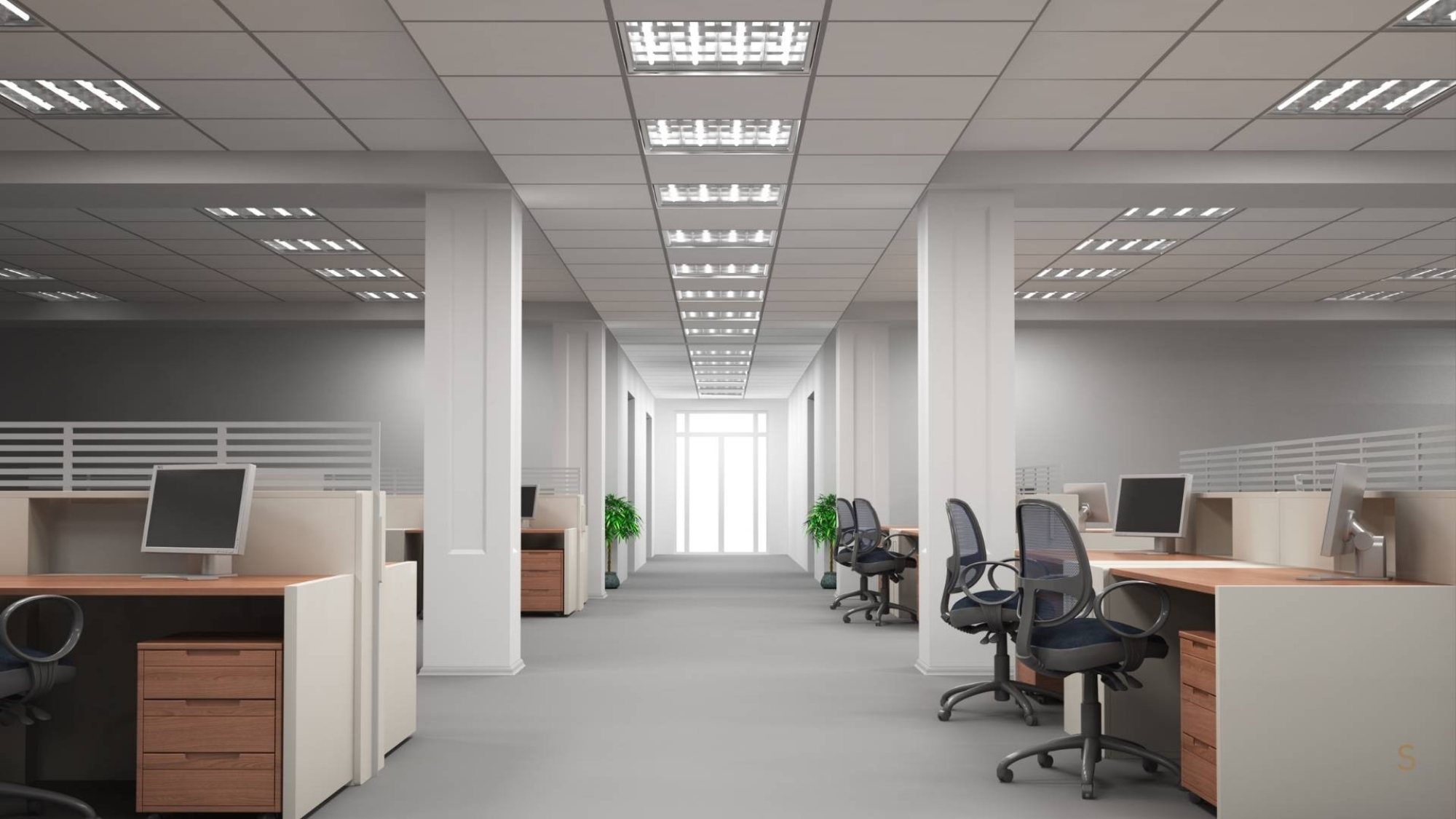The way we work has changed — and so have expectations around the workplace. According to Gensler’s Global Workplace Survey 2025, employees are moving beyond traditional corporate office environments in favor of spaces that feel more creative, natural, and even residential. As new office design trends emerge, it’s clear that the conventional cubicle-filled office no longer meets the needs of today’s workforce. In fact, only 14% of workers globally prefer the conventional corporate experience.
This isn’t just a shift in style — it’s a reflection of deeper needs. Gensler’s research, which surveyed nearly 17,000 office workers across 15 countries, shows that people now crave “experiential” workplaces: nature-inspired zones, flexible labs, and home-like spaces that support both deep focus and social connection. Workers want environments that enhance well-being, allow for movement, and make room for informal, collaborative, and quiet moments alike.
Rethinking the Conference Room: A Shift in Office Space Design
One area that illustrates this shift especially well is the traditional conference room. Once the go-to for all meetings and collaboration, it’s now being reconsidered. Gensler’s data highlights that while conference rooms still have a role — especially for scheduled team meetings — they’re no longer the default. Instead, flexible co-creation spaces, soft seating lounges, and multipurpose rooms are rising in importance.
In fact, flexible co-creation spaces rank in the top three for six of the seven key types of in-person work, including informal one-on-ones and scheduled team work sessions. This demonstrates a need for variety: not just more space, but the right kinds of space for the kinds of work being done — a shift that’s central to evolving office design trends.

Office Design Trends That Embrace Purposeful Abundance
As workplace design adapts, so must our approach to space planning. Gensler introduces the concept of “purposeful abundance”: providing employees with enough of the right types of spaces — not to waste square footage, but to ensure availability, reduce friction, and empower teams to choose the best setting for their work.
Interestingly, while 76% of employees report having a choice in their office environment, nearly half say they still choose based on availability, not comfort, acoustics, or function. This reveals a clear opportunity: when employers align space types with real work needs — and ensure those spaces are accessible — employee satisfaction and productivity improve.

Translating Office Design Trends into Workplace Strategy
At Create Spaces, we understand that these trends reflect more than preference — they signal a fundamental evolution in how people relate to work and space. Fortunately, updating your workspace doesn’t require a complete overhaul. Through thoughtful, human-centered design, organizations can start small:
- Convert underused meeting rooms into multi-purpose spaces with modular furniture and writable walls
- Create biophilic nooks or activate patios and rooftops with outdoor workstations
- Integrate quiet zones and nap or meditation rooms to support wellness and focus
- Introduce flexible layouts that allow for reconfiguration as teams grow and change
Whether your team is in a tech startup, legal office, or nonprofit organization, the takeaway is the same: one-size-fits-all is no longer the gold standard. A workspace that’s responsive, varied, and intentional will do more than support daily work — it will help people feel engaged, valued, and connected to purpose.

A Better Workplace Starts Here
As Gensler’s research makes clear, the office isn’t going away — but it does need to evolve. Companies that embrace this shift and design spaces for how people really work will be better positioned to attract talent, foster innovation, and build lasting culture.
We’re here to help you explore the possibilities.



